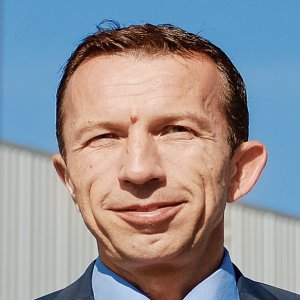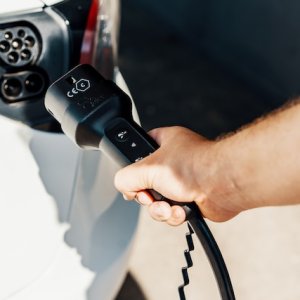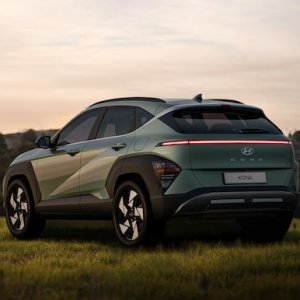Driving High-Tech into the Future

Q: How has Bosch collaborated with its clients in technology developments on connectivity and telematics?
A: Connectivity and telematics involve an exciting and important area for the industry, closely related to the evolution of the Internet of Things. There are many applications for these technologies, focusing on passenger safety, comfort and autonomous driving. The vehicle of tomorrow will have many variables to deal with system-wise. The computer must connect with the environment, the navigation system and other drivers who may not be connected to the information network but still are part of road traffic. Cars will receive data from their surroundings and transmit the information to all other vehicles on the road. They will be able to use this information to determine actions autonomously, eventually better and more consistently than humans could. The complexity of autonomous driving will depend on the environment and the available infrastructure, especially in urban applications. Highway solutions will represent less of a challenge and we foresee huge leaps in technology involving many participants in and out of the mobility industry.
Q: What is the biggest challenge for the company in terms of safety features and technology?
A: Automated driving will be safer once we remove the human factor. Machines are predictable and they apply everything they have learned at the same time and on a consistent basis, with higher frequency in terms of reading incoming signals and providing outgoing information. Until technology reaches an optimal point, we can support humans in the same way we will eventually support the vehicle’s computer. Car accidents are among the leading causes of death globally, not to mention the economic losses related to these types of incidents. Investment in safety technology is not only sensible but also necessary and highly profitable for society. Collision warning systems are a clear example, along with automatic braking mechanisms and sensors that detect the amount of time the driver closes their eyes. All these features help the driver stay in control of the vehicle and will eventually help machines do the same.
Q: How is Bosch supporting the growing Industry 4.0 trend?
A: We are a special case since we work as both automation suppliers for the industry and heavy users of automation technology in our own plants. As users of automation solutions, we expect savings of US$1 billion by the end of 2020, while as providers we expect to generate revenue of approximately US$1 billion in the same time frame. We have an advantage because we can test our solutions by integrating them into our operations before releasing them to the market. Bosch understands how the mechanical part of the business works, along with electronics and sensors involved in manufacturing processes. The industry’s evolution will be a gradual process and companies will introduce improvements focusing on the most critical or complex processes first. Operators will also follow a healthy learning curve to understand the enhanced capabilities of the machines they handle.
A: We have to be honest to address all possible uncertainties. Many technical improvements over the years have caused uproar but they have been dealt with in less than a generation. This evolution will be much faster, affecting mechanical labor and certain services. Humans were better than machines at many tasks but robots can now perform certain activities just as well or even better than people. We already see collaborative robots that can work next to a human without a cage. Once we breach the barrier and machines start delivering better results than people we will have to determine how to refocus human labor on even more value-adding activities. This process is especially interesting in regions where labor is highly cost competitive, as this benefit could slowly disappear when machines can offer better results. The transition is forcing countries like Mexico to focus on productivity and ever increasing added value. These two factors will be the only way for these regions to retain or even expand their competitive edge, assuming the government is strongly committed to these goals. Rather than fearing this inevitable change, we should all try to be a part of it and at Bosch we want to help people do just that.






















